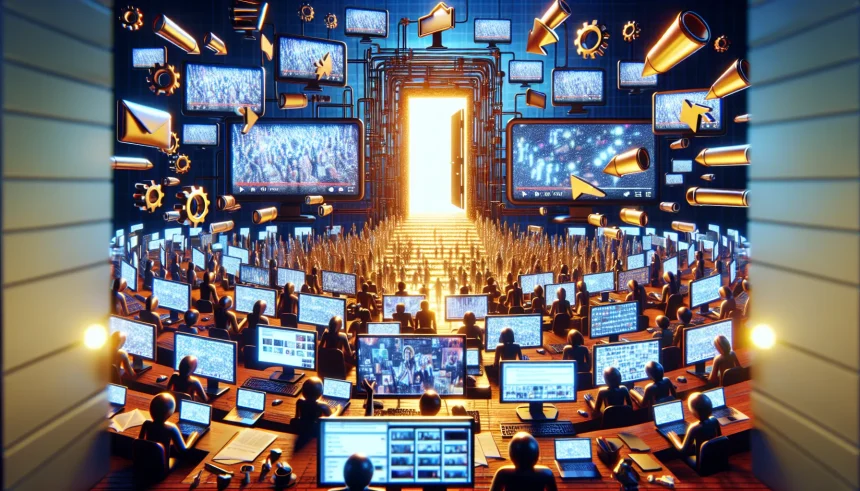YouTube will on Thursday open the door for some previously banned users to return, offering a path to create new accounts and, in some cases, re-post videos that now meet the platform’s rules. The change marks a rare reset for a site known for strict enforcement of its community guidelines. It raises urgent questions about how to balance safety with second chances on one of the world’s largest video platforms.
The company’s updated approach reflects how its standards have shifted over time. Content judged unacceptable in earlier periods may now be allowed under refreshed policies. That creates a practical challenge: how to restore content without reintroducing harm or confusing viewers about what is acceptable.
What is changing
YouTube on Thursday will begin offering previously banned users the opportunity to create new accounts, and potentially let them re-publish some videos that may have contributed to their termination but no longer violate YouTube’s rules.
The new approach suggests a two-part opening. First, select users who were removed will be able to start over with new channels. Second, some videos that once triggered penalties could return if they comply with current guidelines.
- Account return: Eligible users may create new accounts, subject to current rules.
- Content review: Videos tied to past bans could be re-posted if they now align with updated policies.
- Ongoing enforcement: Any new violations would still face removal and penalties under the existing strike system.
Why it matters now
YouTube’s policies have evolved across issues such as hate speech, harassment, and misinformation. The platform historically used a three-strike model, escalating from warnings to permanent removal for repeat violations. Appeals and policy updates have been part of that process, but full reinstatement for banned users has been rare.
Policy shifts during public health crises and election cycles showed how fast rules can change. Guidance that was once strict may later be refined, creating gray areas for older videos. This move acknowledges that history while testing whether updated standards can be applied fairly in retrospect.
Supporters see fairness and clarity
Advocates for creator rights argue that rules should not punish people forever for content that would be allowed today. They view a controlled return as a fair correction. It may also help clarify which ideas are now acceptable, especially for creators who publish commentary, education, or news analysis.
Some digital rights groups have long pressed for transparent and consistent moderation. Allowing returns tied to current rules could reduce confusion, they say, if YouTube explains how decisions are made and offers clear guidance on what changed.
Critics warn of renewed harms
Safety advocates worry that reintroducing controversial videos could revive misinformation or harassment, even if the content technically meets current standards. They fear the ripple effect on vulnerable communities and the moderation burden it may place on reviewers and automated systems.
Advertisers and brand-safety groups may also watch closely. If objectionable material resurfaces and spreads, it could reignite concerns over ad placements and user trust.
Key questions YouTube must answer
The success of this policy will depend on how it is implemented. Several issues stand out:
- Which banned users qualify, and how are edge cases handled?
- What guardrails exist to prevent repeat abuse?
- How will users be notified when older videos are now compliant?
- Can creators receive guidance before re-posting to avoid new strikes?
What creators should do now
Creators considering a return will need to study current community guidelines with care. Old videos should be reviewed for updated standards on context, labeling, and accuracy. Any re-published content should include clear descriptions and sources when relevant, to help viewers assess claims.
Creators can also prepare by building moderation plans for comments, using age restrictions when needed, and setting stricter channel rules to avoid early missteps.
The road ahead
This policy shift could reset lives and livelihoods for some creators. It could also test the strength of enforcement systems that must catch harmful content without overreach. Transparency on criteria, appeals, and outcomes will be essential to keep public trust.
For viewers, the change may surface videos not seen for years, but in updated form. For YouTube, it offers a chance to align past decisions with present rules without losing sight of safety and integrity.
The coming weeks will show whether second chances can work at scale. The main measure of success will be simple: safer content, clearer rules, and fewer repeat violations across the platform.







